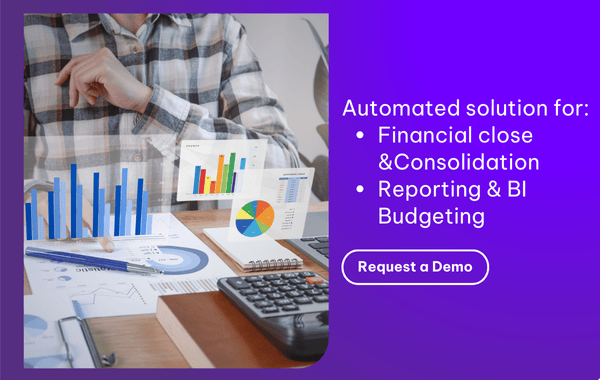Shortcomings associated with the traditional budgeting approach can undermine the true value of the process. Budgeting should be less cost-driven and more investment-based, i.e. all forecasted costs of a department should be attached to deliverables—the products and services that department delivers to other departments or to the clients. Doing so will make budget decisions investment decisions.
Read more: The True Value of Corporate Budgeting

How is an investment-based budget created?
Each department's budget submission appears as a list of products and services, and the full cost to the enterprise of each. "Full cost" includes not only direct costs, but a fair share of all indirect costs. Thus, prices are comparable to outsourcing.
Then, the budget decision-process can focus on which internal products and services the enterprise chooses to buy. Straightforward, business-like discussions of costs and the ROI of the proposed deliverables replace emotion, politics, and unrealistic "do more with less" demands.
As an added benefit, the budget data can also be used to determine the rates for internal products and services. Rates can be used to estimate new projects during the year. They also provide the best basis for outsourcing comparisons. And of course they're fundamental to governance processes such as demand-management and chargebacks.
Read more: Advantages and disadvantages of traditional budgeting approach
Benefits of investment budgeting
Here are the top ten benefits of the Investment-based Budgeting approach.
1. Save money by inducing frugality.
2. Ensure reliable delivery of chosen products and services by funding all the needed resources and support services.
3. Enhance shareholder value by optimising resource allocation decisions based on ROI.
4. Improve enterprise-wide strategic alignment.
5. Enhance organisational flexibility and response time.
6. Set prices based on a clear understanding of full costs.
7. Calculate accurate business-unit profits.
8. Manage your business for sustainability, with appropriate set-asides for training, innovation, process improvements, client relations, and infrastructure.
9. Enhance internal teamwork by funding entire enterprise-wide project teams.
10. Build a customer-focused, entrepreneurial culture.
Read more: Accounting Software for Nonprofits: a Case Study of Infor SunSystems

Implementing Investment-based Budgeting
CFOs and Budget Directors can do so much more than hounding business leaders into budget reductions. An Investment-based Budgeting process leaves the legacy of a fiscally sound, fact-based, sustainable business process that enhances shareholder value year after year.
Executives interested in Investment-based Budgeting can find all the details on how to prepare budgets showing the full cost of each department's products and services in the Full-cost Maturity Model (FMM). It defines the calculations that go into costing products and services, and describes an evolutionary path toward that ideal through five levels of organisational maturity.
Read more: What to look for in a global finance system
By implementing Investment-based Budgeting, CFOs can have a far-reaching impact on leadership accountability, enterprise strategy, and shareholder value.
Find out more about the Investment-based approach towards budgeting by requesting a demo now!
 English
English  Vietnamese
Vietnamese 


